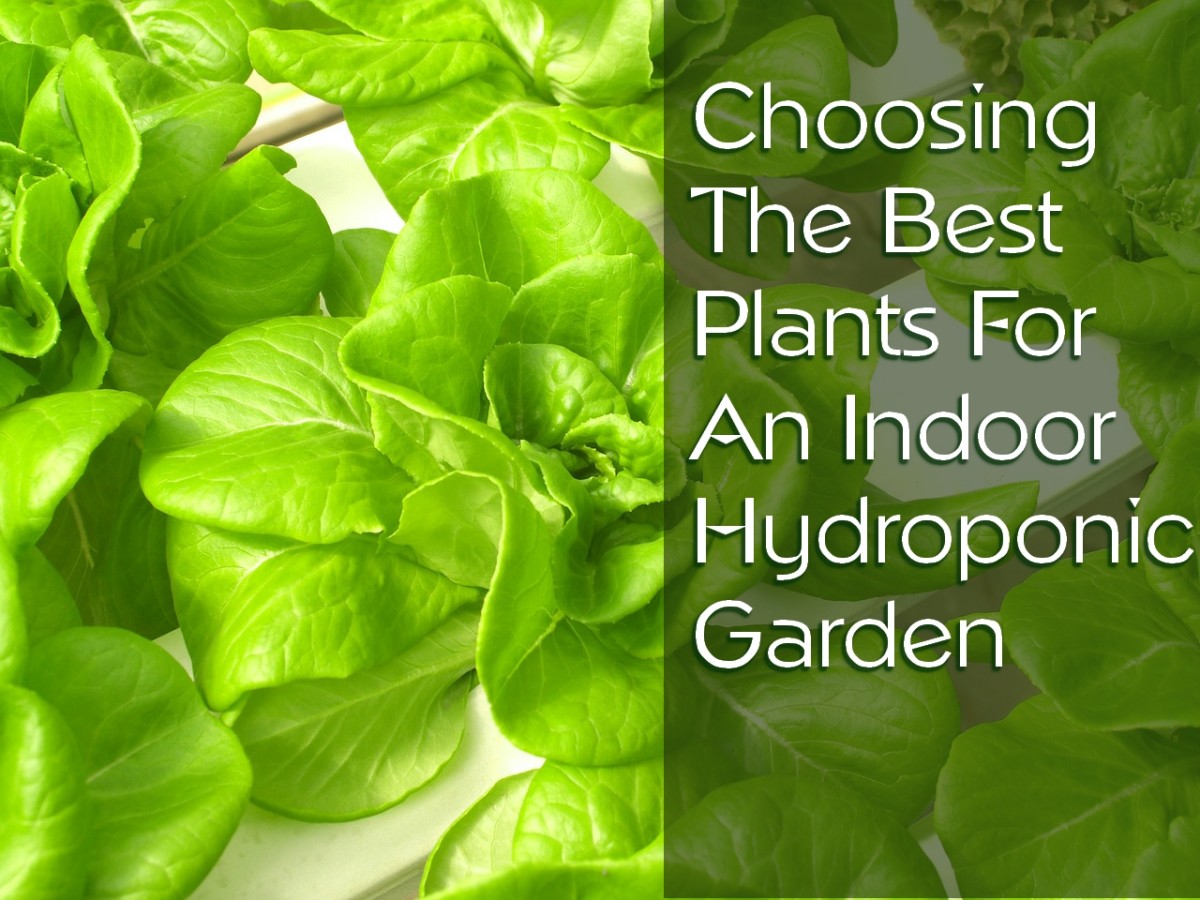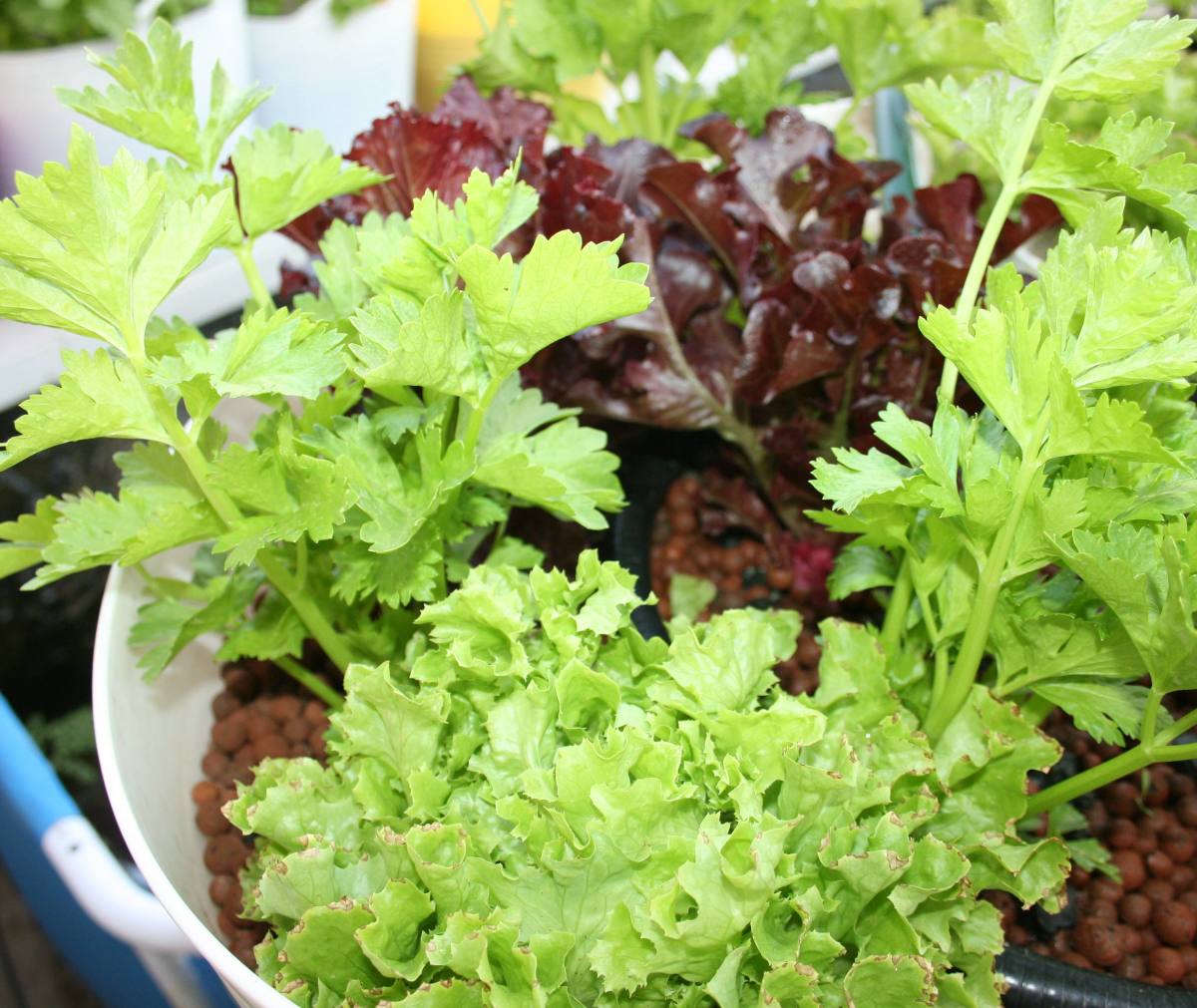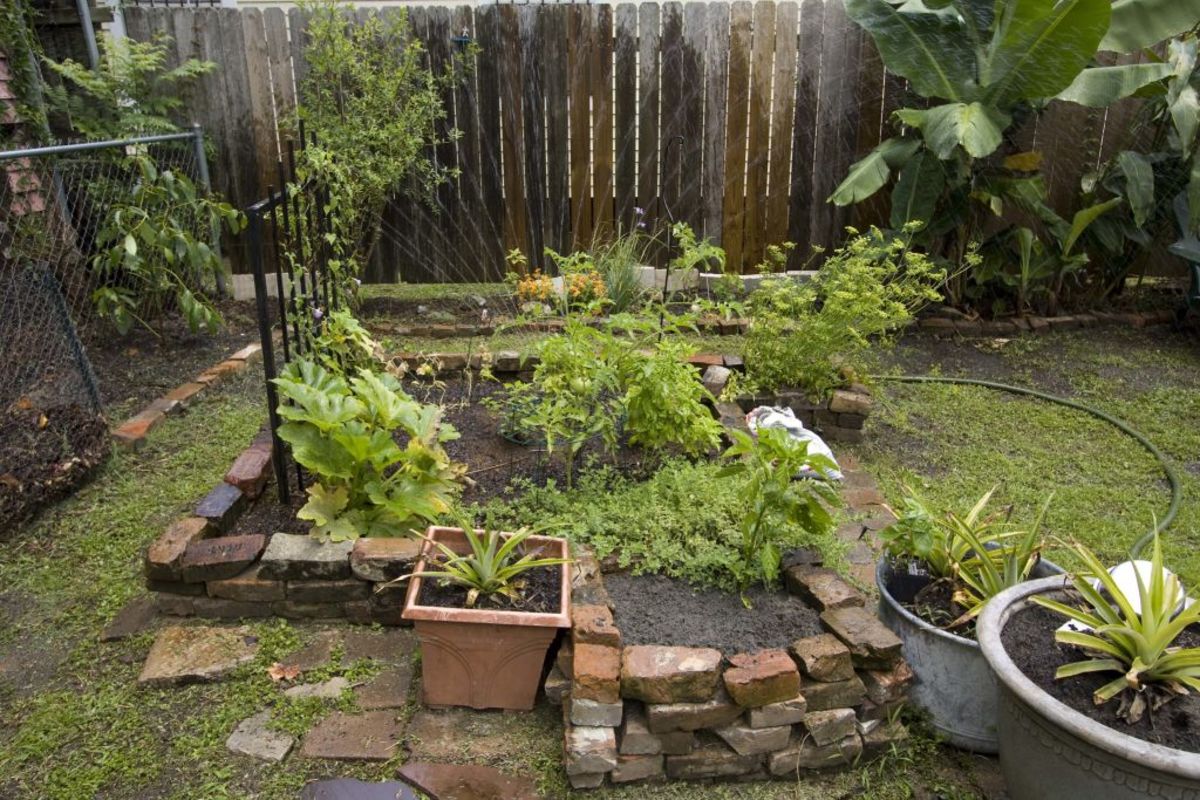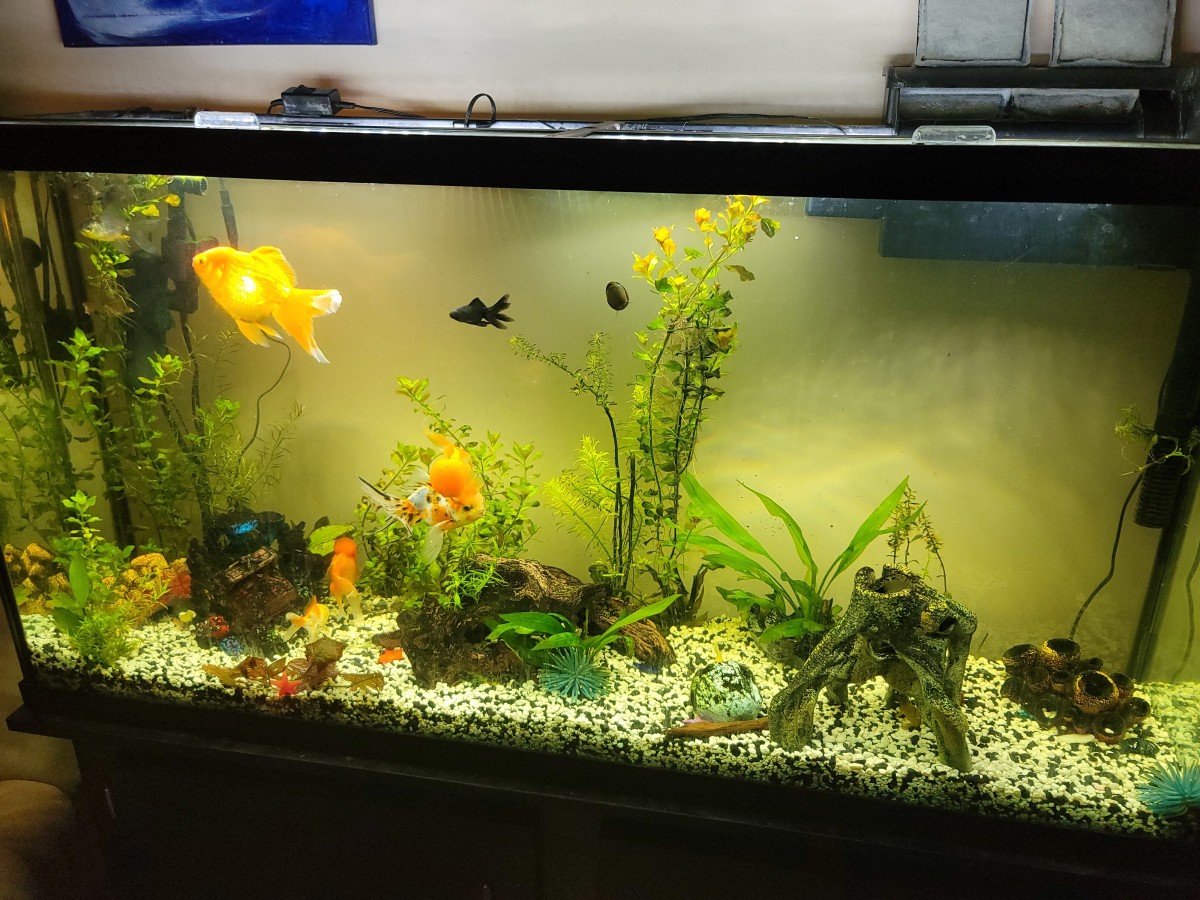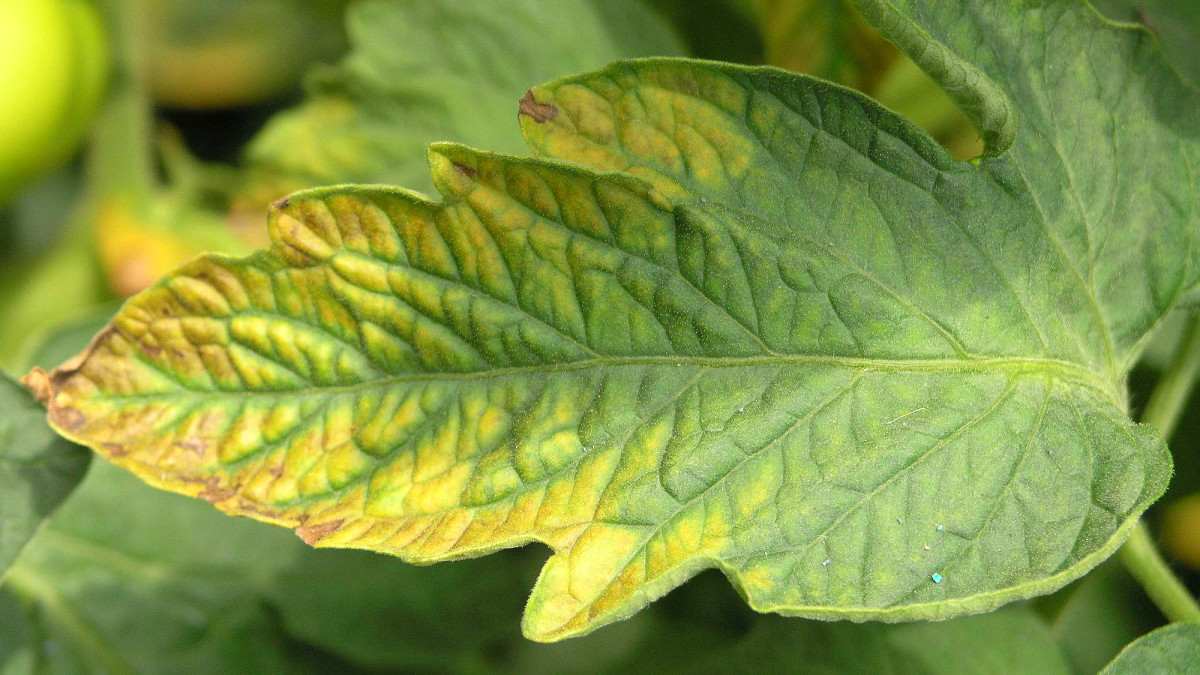Easy, Profitable, and Idiot Proof Aquaponics: The Basics - Grow Plants in Media, NFT, or Raft (DWC)
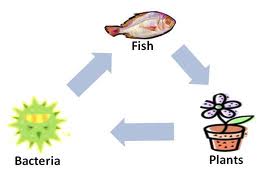
Aquaponics Basics
With the success of organizations such as Growing Power, the general public is becoming more aware of aquaponics. Aquaponics is the combination of hydroponics and aquaculture technologies to form a symbiotic or helping relationship between plants and aquatic creatures such as fish or crustaceans.
The main problems associated with hydroponics and aquaculture; providing correct nutrients for flavorful plants and dealing with the waste the fish produce work hand in hand to resolve each other. The plants take up the nutrients they need from the water the fish live in thereby filtering out the waste providing the fish with clean water.
It sounds very simple, and it is, but there must be a balance between the ratio of plant grow beds and fish in the system. If there are not enough plants, the waste levels become toxic to the fish. If there are not enough fish, the plants don't get enough nutrients and with either grow very slowly or die altogether.
There's one additional partner in aquaponics that makes it all work. There are several beneficial bacteria which act as a liaison between the fish and the plants. These bacteria consume ammonia (waste produced by the fish and toxic to them) and convert it to nitrite (toxic to fish). Another bacteria consume nitrite and produce nitrate (beneficial to plants, toxic to fish in high quantities). Ammonia, nitrite, and nitrate are measured in parts per million (ppm) with simple test kits (the same as used with aquariums).
By having the plants reduce the amount of nitrate in the aquaponics system, the water quality for the fish increases. Finding the correct balance is easy. Add enough plants to the system to reduce the amount of nitrate until is is barely indicated with the test kit. Add fish to the system when no nitrate is indicated and/or when plants demonstrate slowed growth.
Types of Aquaponics
There are three basic types of aquaponics with countless variations on each; raft, NFT, and media-filled bed. Each has its own pros and cons.
Raft, also known as deep water culture (DWC) is the most stable and productive of the three types. The plants are grown by inserting pots into floating rafts on a water container plumbed into the fish holding tank. The water temperature fluctuates very little. The water containers for the floating rafts add to the overall capacity of the system. This helps to reduce the amount of waste ratio in the fish holding tank and increases capacity for the system. There is usually some type of biological media that the water is passed through to allow beneficial bacteria growth. Sometimes a filter to catch larger waste particles is used as well.
NFT, or nutrient film technique, is directly from the hydronics industry. Nutrient-rich water is pumped through pipes at a rate to only have a thin film, which is where the technology gets its name, touching the roots of the plants. Plant roots don't like hot water and due to the low quantity of water in the system it heats up quite easily. There is very little surface area for the beneficial bacteria in this system, so the same biological media would have to be used as in the raft type to help offset this.
Media-filled Beds is the last type of aquaponics. As the name suggests, it included media-filled beds to grow the plants in. The media can be expanded clay, gravel, or other inert material. Some of these systems are on timed or valve-controlled ebb and flow programs where the bed is filled then the water is subseqently drained. Others have a constant flow of water through the bed.
All of the system types include a holding tank to grow the fish in which should be sized appropriately to match the grow beds, NFT channels, or raft capacity.
Vermiponics
One of the secret weapons of successful aquaponics is the combination of vermiculture and aquaponics. This is particularly applicable to media-filled bed aquaponics. The worms, which amazingly don't drown in the oxygen-rich grow beds, consume the organic matter, dead roots, and larger particles of fish waste then produce "worm castings." Worm castings are worm manure which is then nutrient-rich result of organic matter consumption. Some say that earthworms are the "Soldiers of the Soil" working tirelessly to make it better. Red wigglers and a few other species are used together to make up this "Matter Militia."
Practical Application
Aquaponics systems can be as small or as large as your budget and space allow. Our own aquaponics system in development will employ all three types of aquaponics in order to make the most of the space we have available. With ideas borrowed from many systems, and innovations and improvements based on our experience, we'll surely have a system that meets our needs. Your system needs to be just what you need and meet the requirements to achieve your goals for it.
The bare minimum components for any aquaponics system include:
- grow bed
- fish holding tank
- light
- appropriately-sized water pump
- air pump to aerate the fish holding tank with some type of aerator (bubbler)
- inert, non-toxic plumbing (PVC, ABS, food grade clear plastic tubing)
- growing media and/or plant pots
There are some parts that are particular to each type of aquaponics which will be discussed as necessary such as bell valves, media types, pots, and raft materials.
Creating your own system with these essential components will be easy when you understand the how and why in my subsequent hubs on aquaponics.


